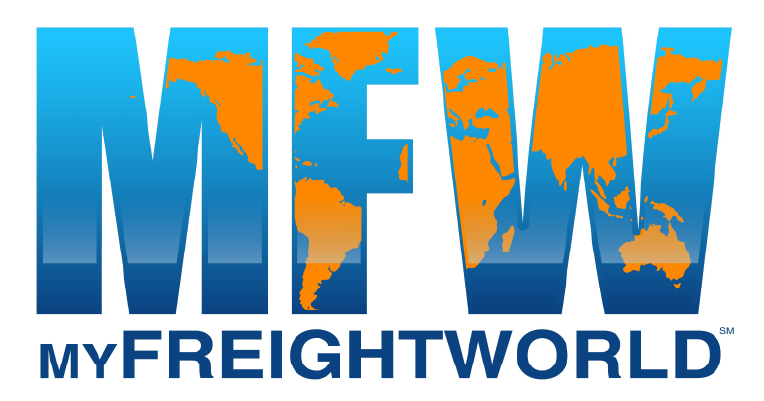
The Urban Final Mile Freight Crisis Explained
In transportation, final mile is often seen as the simplest part of the journey, just a straightforward handoff from the distribution center to the customer’s door. But in major cities like Los Angeles, New York, and Chicago, this “last piece” is often the most expensive and chaotic. While the distance may be short, the real cost is hidden in delays, restrictions, and inefficiencies that traditional freight strategies fail to address.
Shippers and brokers who overlook these complexities are absorbing 25–40% higher costs per urban load without even realizing it.
What’s Driving Final Mile Freight Costs in Cities?
Urban final-mile freight might seem straightforward, but once you’re in it, it’s more of a minefield than a clear path.
According to the Urban Freight Lab, over 50% of final mile delivery time in metro areas is spent looking for parking or dock access. That’s not just a delay—it’s a cost multiplier.
Here are some of the factors contributing to rising costs:
-
Congestion and fuel inefficiency
-
Loading zone reductions for bike lanes or pedestrian zones
-
Permit requirements for commercial vehicle access
-
Height and weight restrictions on urban streets
-
Time-restricted dock appointments at older buildings
Every one of these adds cost and delay that your quote doesn’t likely account for.
Why Traditional Freight Brokers Miss the Mark
Most brokers are built for over-the-road shipments. They’re great at coordinating dry van freight on highways, but once that freight enters the urban grid, everything changes.
As one shipper in downtown Philadelphia put it:
“Our load didn’t deliver because the truck couldn’t make the turn into the alley.”
That kind of issue isn’t the exception, it’s what usually happens when 53-foot trailers are used by default in final mile delivery.
Urban final mile delivery requires:
-
Smaller, more agile vehicles (sprinter vans, box trucks with liftgates)
-
Drivers familiar with hyper-local regulations
-
Precise time slot coordination at limited-access docks
If your broker isn’t trained for final mile urban freight, you’re absorbing unnecessary accessorials and service failures.
City Infrastructure Isn’t Built for Freight Efficiency
City infrastructure wasn’t built with freight in mind. It was built around people, and as cities evolve, the focus keeps shifting toward residents and public transit instead of the trucks trying to make deliveries.
Emerging urban restrictions include:
-
Congestion tolling (NYC’s pricing program launches in 2025)
-
Restrictions on delivery hours due to noise ordinances
-
Permit requirements for delivery in commercial districts
-
Elimination of loading zones to make room for bike paths
These regulations make final mile freight harder, slower, and more expensive—yet most supply chains still treat the city like just another zip code.
Are You Still Using the Wrong Vehicle for Urban Final Mile Freight?
Most urban deliveries only involve a handful of pallets, not a full load. It’s not about having a big truck, it’s about having the right one for the job.
Urban Freight Vehicle Matching Table
| Load Size | Best Vehicle Option | Use Case |
|---|---|---|
| 1–4 pallets | Cargo or Sprinter Van | Residential delivery, narrow streets |
| 5–10 pallets | 26’ Box Truck + Liftgate | Commercial buildings with tight dock access |
| 10+ pallets | 53’ Dry Van | Warehouse-to-warehouse or cross-dock only |
This vehicle matching logic cuts costs, speeds up delivery, and minimizes failed attempts.
How to Cut Final Mile Costs in Metro Areas Today
Infrastructure won’t change overnight—but your strategy can. Here are things you can do immediately:
-
Adjust your delivery windows
Identify time slots where access is difficult (e.g., school zones at 8 AM) and reschedule accordingly. -
Ask your broker about equipment
Don’t assume they’re dispatching the right vehicle—ask for confirmation based on your load and location.
If your broker can’t answer those questions? You’re losing time and money in the last leg.
How MyFreightWorld Solves Urban Final Mile Freight
At MyFreightWorld, we don’t just route freight—we optimize it for where it’s going. That means understanding the hyper-local delivery environments where most brokers fail.
Our final mile urban freight strategy includes:
- Vet your carrier network with local final mile capability—not just regional long-haul coverage.
-
Nationwide carrier network with sprinter vans, box trucks, and liftgates
-
Live visibility from port or DC to final delivery
-
Local-expert dispatching by regional account teams
-
Flexible transload strategies that split long-haul from urban drop zones
-
Compliance filtering so you’re always within city restrictions
We don’t dispatch “just any truck”—we dispatch the right one, based on your freight, destination, and delivery window.
Final Thought: The City is the Last Mile—and the Hardest
Urban freight isn’t optional anymore. Whether you’re delivering into downtown Dallas, Brooklyn, or Seattle, your final mile is already costing more.
The only question is: are you managing that cost, or is it managing you?
Let’s Build Your Urban Final Mile Playbook
MyFreightWorld can help you cut delays, avoid surprise fees, and hit tight delivery windows in even the most congested cities.
